Baltimore Orioles at new feeder
claireplymouth z6b coastal MA
10 years ago
Related Stories
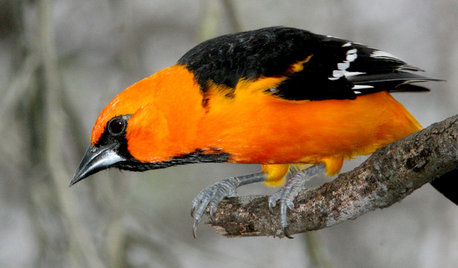
GARDENING GUIDESBackyard Birds: Orioles Return After Spending Winter in the Tropics
These colorful songbirds prefer woodlands and forest edges, but they’ll visit yards with fruit-producing trees and shrubs
Full Story
KIDS’ SPACESRoom of the Day: Sports Theme for a Game Room
An interior designer scores a goal with a winning space for athletic kids
Full Story
GARDENING FOR BUTTERFLIESA Quick-Start Guide to Bird-Watching for Fun and Learning
Set out some seed and grab your field guide. Bird-watching is an easy, entertaining and educational activity for the whole family
Full Story
GARDENING GUIDESBackyard Birds: Invite Entertaining Hummingbirds Into Your Garden
Hummingbirds — unique to the Americas — zip through open landscapes seasonally or year-round. Here’s how to attract them
Full Story
GARDENING GUIDESAttract Hummingbirds and Bees With These Beautiful Summer Flowers
Roll out a welcome mat for pollinators to keep your landscape in balance and thriving
Full Story
GARDENING GUIDESBackyard Birds: Northern Cardinals in the Snow, and Other Red Birds
Brilliant crimson feathers make these friends stand out in a crowd
Full Story
GARDENING GUIDES13 North American Backyard Birds to Know
Find out about these enchanting native species and learn how to attract them to your yard
Full Story
GARDENING AND LANDSCAPINGBe a Citizen Scientist to Help Wildlife, Learn and Have Fun Too
Track butterflies, study birds, capture stars ... when you aid monitoring efforts, you’re lending Mother Nature a hand
Full Story
GARDENING FOR BIRDSWild Birds Transform a Woman’s Garden and Life
How Sharon Sorenson created a wildlife haven and became the Bird Lady of Southern Indiana
Full Story
GARDENING GUIDESPlant Black Cherry Trees for the Birds and Bees
Plant Prunus serotina in the Central and Eastern U.S. for spring flowers, interesting bark and beautiful fall color
Full Story


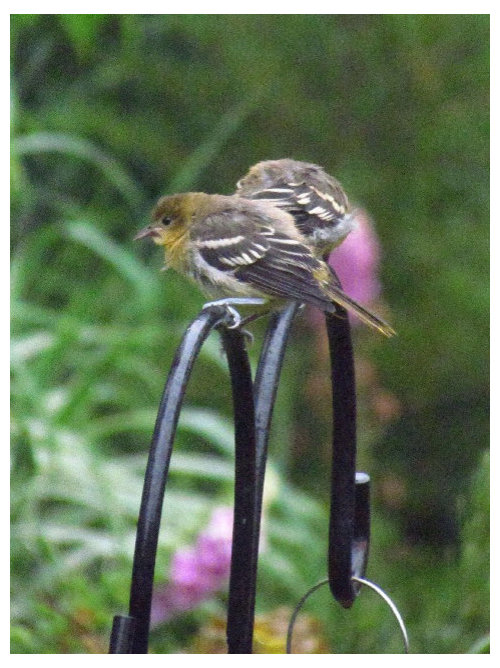
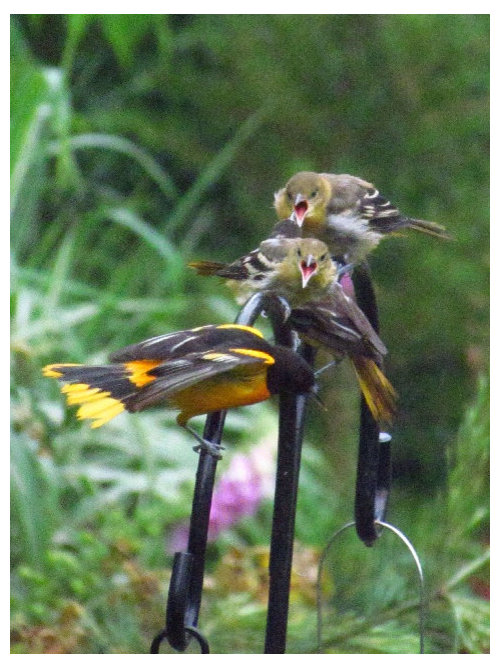
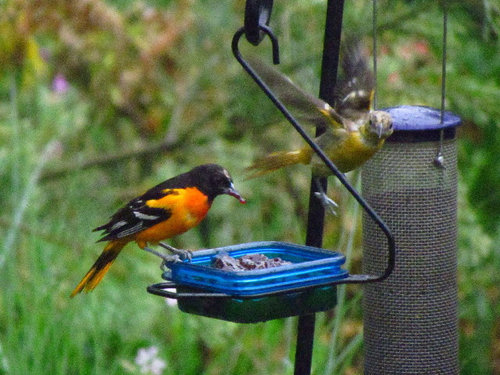
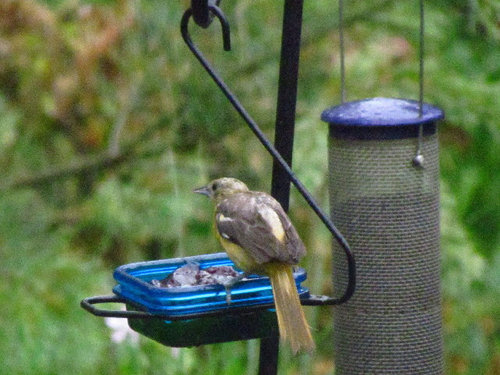
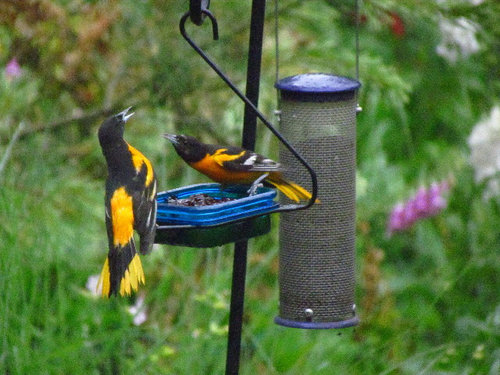
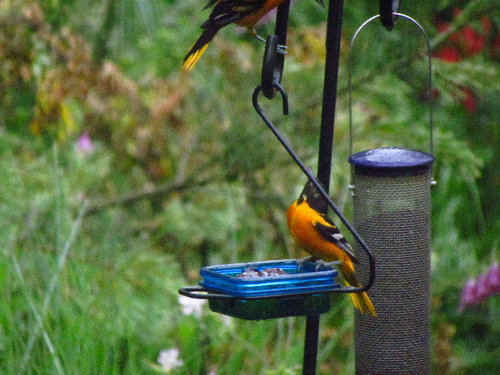

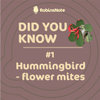
GoldfinchGuy
surya55_gw
Related Discussions
Baltimore Orioles
Q
Finally got a nice close up video of a Baltimore Oriole
Q
Baltimore Oriole hanging out in my grapvine video
Q
question about Baltimore orioles?
Q
organic_bassetlvr
sandyslopes z5 n. UT
catherinet
claireplymouth z6b coastal MAOriginal Author
catherinet
claireplymouth z6b coastal MAOriginal Author
claireplymouth z6b coastal MAOriginal Author
corunum z6 CT
claireplymouth z6b coastal MAOriginal Author
catherinet
claireplymouth z6b coastal MAOriginal Author